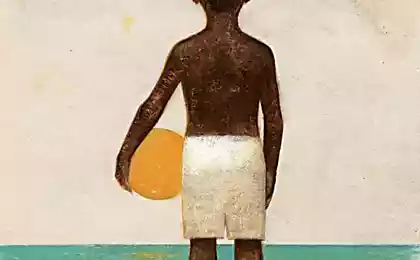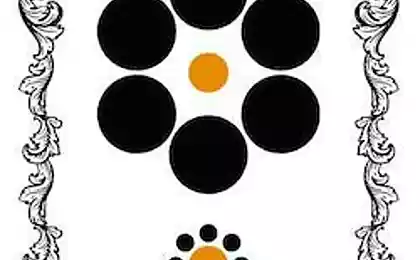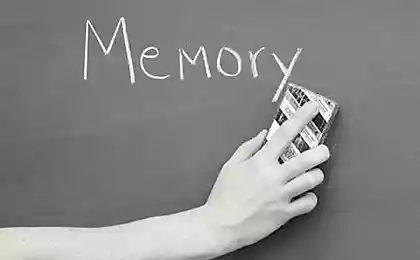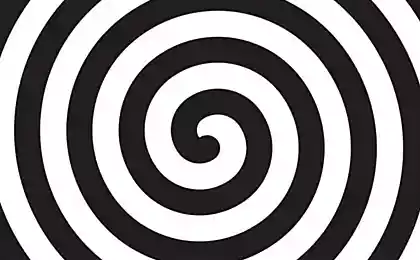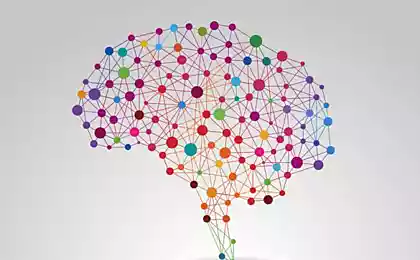235
Found an old winking card that my father had once brought from a trip, and flooded with childhood memories
Modern children are quite difficult to surprise. What if they have a whole world on their phones? They wanted to go into space or to the bottom of the ocean, pressed the screen twice, and received instructions on how to make anything in the world. No, no, I'm not here today to complain about the rising generation (these conversations are enough without me). I just want to celebrate how different our childhood was. Remember when we first learned about How to watch stereo pictures? What a miracle!
The images, depending on how they were viewed, literally came to life. What are the kids? Even adults hunted for these curiosities, and getting them was still a task. I will always remember the first picture I saw. That was nice. smiley, who, holding her hand with a neat manicure to her face, winked at everyone who looked at her. I often think of this and other images when we review family albums, and a couple of pages have even preserved some of them.
3D Phenomenon: How to watch stereo pictures
At this stage of stereo pictures look interesting with historical perspective. First came the Japanese: why? Innovation has already turned the head of ordinary people, and so it also acquired an exotic role. For the first time I saw a Japanese woman visiting our neighbor Angela, whose husband often traveled abroad (and simple, domestic) business trips. He returned from Siberia with a strange postcard.
I came to the postcard to watch the whole entrance, including my mother and I. The times were different: people kept close to each other, neighbors knew everyone by name. So there was nothing strange about coming in and staring at the curiosity. It was back in the '70s. Relations between Japan and the Soviet Union warmed considerably. In honor Soviet-Japanese They even issued a special brand “For Peace and Friendship”.
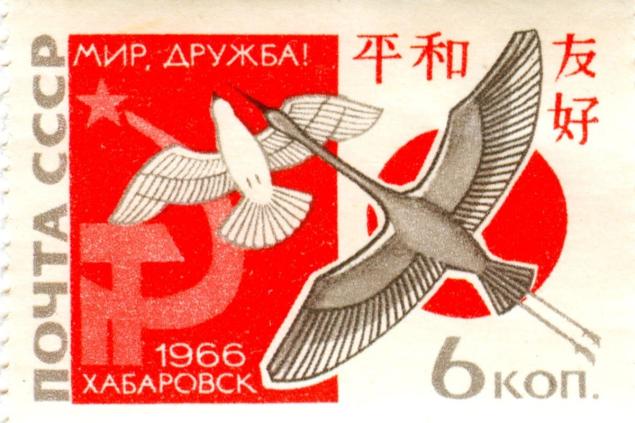
The real magic of Japanese was not the only one of its kind, very soon began to appear her “sisters-doubles”. Some cards not only winked, but also smiled wider. To view the picture, just rotate it at a different angle, and then the image came to life. Probably, another 4 years to meet such magic was a rarity, but already in the 80s established domestication. What then began?
The demand was several times higher than the supply, as absolutely everyone without exception wanted to become the happy owner of a lively photo or picture. Sometimes even had to look for dealers, because in the newsstands of their sold out in one day. The cost of this beauty at that time was about 10 cents. For this money I could buy 3 glasses of sweet soda with syrup and one without.
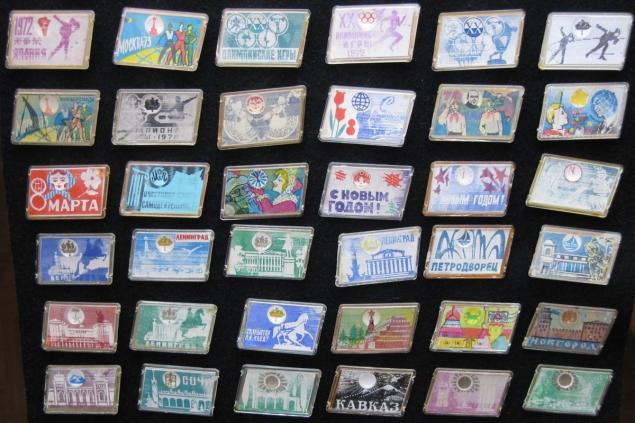
As I later found out, the fashion for animated images came to us from abroad. They called them. 3D postcardsThat is, 3D postcards. We called them scientifically - stereo pictures. Or, quite simply, transfusions. It turns out that the work on their creation was crowned with success already in 1911. A professor named P. Sokolov first obtained the so-called spatial three-dimensional images. But to establish domestic production did not work immediately. And as soon as it happened, what was not printed there!
They mainly focused on the glorification of Soviet cinema and animation. I don’t know why: actors and actresses were more popular abroad, and we have more cartoon characters. Still, stereo pictures were designed for a children's audience. From plastic cards, cartoon pioneers, characters of folk tales and even cartoons looked at us. baron Munchausen with his elusive deer.

Perhaps someone, looking at these photos, will be outraged about their quality, which almost literally cuts the eye. One cannot disagree with that. Unfortunately, most of these stereo pictures were released in a pocket format and did not differ in either the brightness of the colors or the clarity of the image. And the stereo effect, frankly, was also very weak. And only if you could get pictures of large size, they were able to see something.
In those days, some photo studios even appeared a special kind of service. "3D portrait". Your picture could be brought to life just as it was with cartoon characters. Now this service is preserved only in very remote provincial towns.
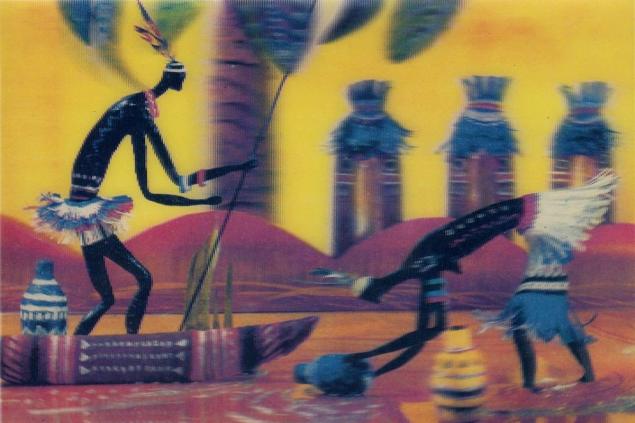
Of course, some Soyuzpechat postcards were just a form nightmare. Vague, incomprehensible, with distorted faces and faces. And yet they were incredibly popular. Some of them, as in my case, took pride of place on the family album. And some even put them on the drawer next to other framed photos.
Foreign postcards were easy to distinguish among domestic ones. They were made of stronger and thicker plastic. In addition, the picture did not just shimmer and change one detail. Sometimes her story could be completely transformed.
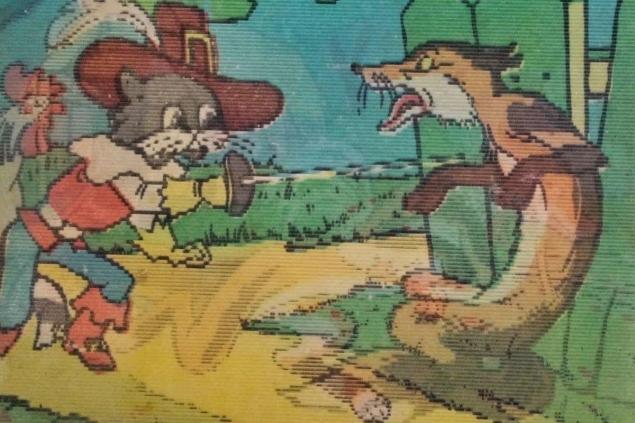
Now such postcards in production will not meet, so they can safely be attributed to the fashion category "Vintage". This is justified because half a century has passed. Unfortunately for me, a person who likes to indulge in nostalgia, the technology of making such cards has sunk into oblivion. No, she's certainly not forgotten. Just barely used.
Sometimes in the shopping arcades you can see pencil cases for schoolchildren, which can shimmer and change the image. Or even some notebooks are more expensive. But these things will not surprise either children or adults. The only genre in which stereo is still widely represented is magnets! Magnets are definitely still on sale. But, of course, a postcard with Anna Pavlova can now only be found in someone’s collection or on eBay. By the way, they sell cheaply, for some 100-300 rubles. But that's for now! Imagine how much it will cost in another 20 years, when technology will take over the world.

The world is changing, and wonders are changing with it. I heard somewhere that they had already invented phone cases that could broadcast a picture. And the picture itself can be changed at its discretion, which means changing the appearance of the case itself. It couldn’t help but remind me of my childhood, when stereo pictures were the same marvel of technology. Do you remember?
The images, depending on how they were viewed, literally came to life. What are the kids? Even adults hunted for these curiosities, and getting them was still a task. I will always remember the first picture I saw. That was nice. smiley, who, holding her hand with a neat manicure to her face, winked at everyone who looked at her. I often think of this and other images when we review family albums, and a couple of pages have even preserved some of them.
3D Phenomenon: How to watch stereo pictures

At this stage of stereo pictures look interesting with historical perspective. First came the Japanese: why? Innovation has already turned the head of ordinary people, and so it also acquired an exotic role. For the first time I saw a Japanese woman visiting our neighbor Angela, whose husband often traveled abroad (and simple, domestic) business trips. He returned from Siberia with a strange postcard.
I came to the postcard to watch the whole entrance, including my mother and I. The times were different: people kept close to each other, neighbors knew everyone by name. So there was nothing strange about coming in and staring at the curiosity. It was back in the '70s. Relations between Japan and the Soviet Union warmed considerably. In honor Soviet-Japanese They even issued a special brand “For Peace and Friendship”.

The real magic of Japanese was not the only one of its kind, very soon began to appear her “sisters-doubles”. Some cards not only winked, but also smiled wider. To view the picture, just rotate it at a different angle, and then the image came to life. Probably, another 4 years to meet such magic was a rarity, but already in the 80s established domestication. What then began?
The demand was several times higher than the supply, as absolutely everyone without exception wanted to become the happy owner of a lively photo or picture. Sometimes even had to look for dealers, because in the newsstands of their sold out in one day. The cost of this beauty at that time was about 10 cents. For this money I could buy 3 glasses of sweet soda with syrup and one without.

As I later found out, the fashion for animated images came to us from abroad. They called them. 3D postcardsThat is, 3D postcards. We called them scientifically - stereo pictures. Or, quite simply, transfusions. It turns out that the work on their creation was crowned with success already in 1911. A professor named P. Sokolov first obtained the so-called spatial three-dimensional images. But to establish domestic production did not work immediately. And as soon as it happened, what was not printed there!
They mainly focused on the glorification of Soviet cinema and animation. I don’t know why: actors and actresses were more popular abroad, and we have more cartoon characters. Still, stereo pictures were designed for a children's audience. From plastic cards, cartoon pioneers, characters of folk tales and even cartoons looked at us. baron Munchausen with his elusive deer.

Perhaps someone, looking at these photos, will be outraged about their quality, which almost literally cuts the eye. One cannot disagree with that. Unfortunately, most of these stereo pictures were released in a pocket format and did not differ in either the brightness of the colors or the clarity of the image. And the stereo effect, frankly, was also very weak. And only if you could get pictures of large size, they were able to see something.
In those days, some photo studios even appeared a special kind of service. "3D portrait". Your picture could be brought to life just as it was with cartoon characters. Now this service is preserved only in very remote provincial towns.

Of course, some Soyuzpechat postcards were just a form nightmare. Vague, incomprehensible, with distorted faces and faces. And yet they were incredibly popular. Some of them, as in my case, took pride of place on the family album. And some even put them on the drawer next to other framed photos.
Foreign postcards were easy to distinguish among domestic ones. They were made of stronger and thicker plastic. In addition, the picture did not just shimmer and change one detail. Sometimes her story could be completely transformed.

Now such postcards in production will not meet, so they can safely be attributed to the fashion category "Vintage". This is justified because half a century has passed. Unfortunately for me, a person who likes to indulge in nostalgia, the technology of making such cards has sunk into oblivion. No, she's certainly not forgotten. Just barely used.
Sometimes in the shopping arcades you can see pencil cases for schoolchildren, which can shimmer and change the image. Or even some notebooks are more expensive. But these things will not surprise either children or adults. The only genre in which stereo is still widely represented is magnets! Magnets are definitely still on sale. But, of course, a postcard with Anna Pavlova can now only be found in someone’s collection or on eBay. By the way, they sell cheaply, for some 100-300 rubles. But that's for now! Imagine how much it will cost in another 20 years, when technology will take over the world.

The world is changing, and wonders are changing with it. I heard somewhere that they had already invented phone cases that could broadcast a picture. And the picture itself can be changed at its discretion, which means changing the appearance of the case itself. It couldn’t help but remind me of my childhood, when stereo pictures were the same marvel of technology. Do you remember?
Cunning mathematical example that has put the whole Internet on the ears, the controversy does not cease
How to make a wish on the mirror date 24.02.2024, so that the Dragon brings you everything on a platter



